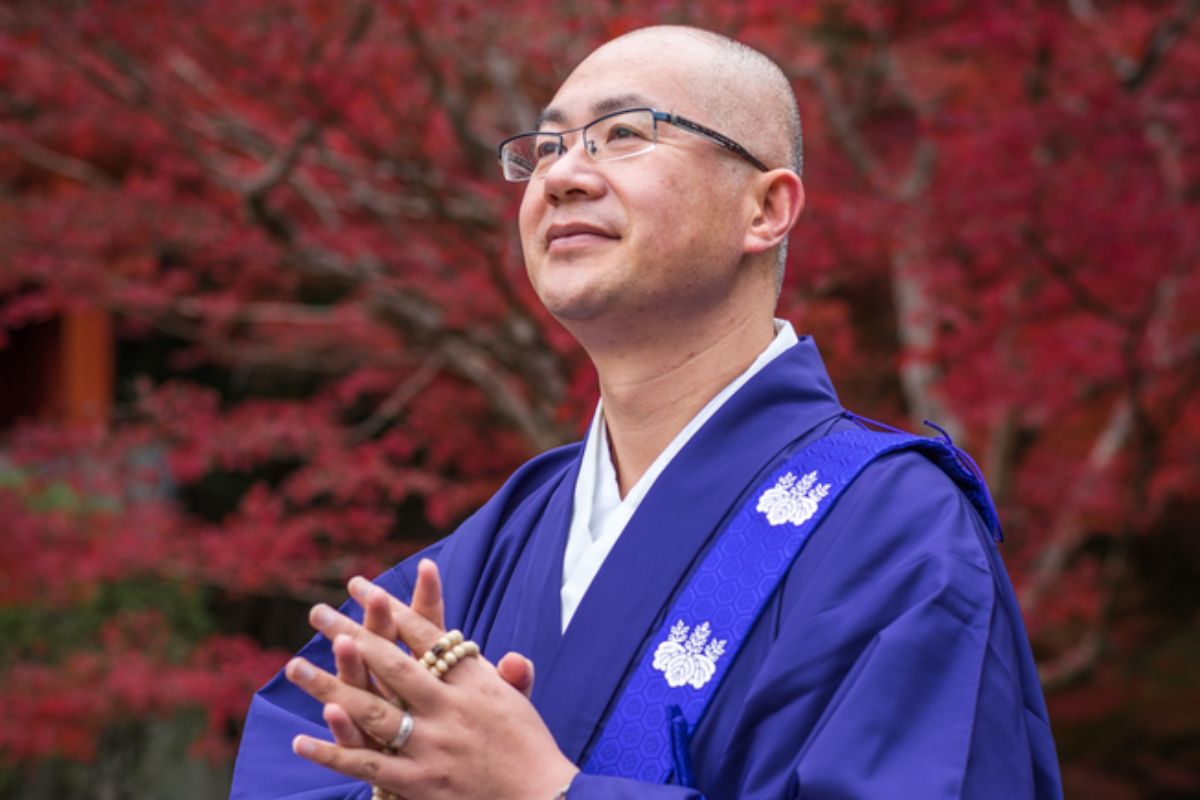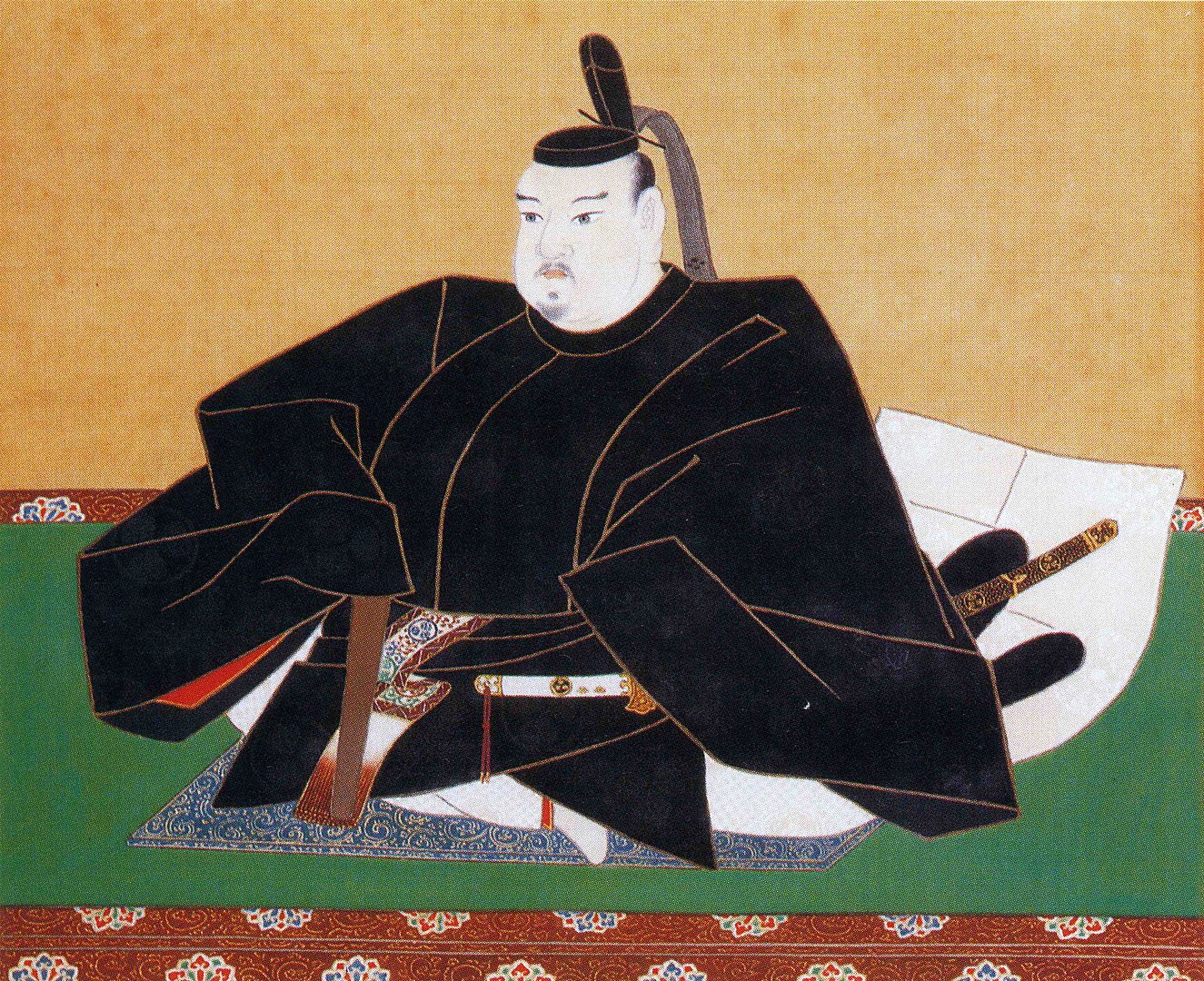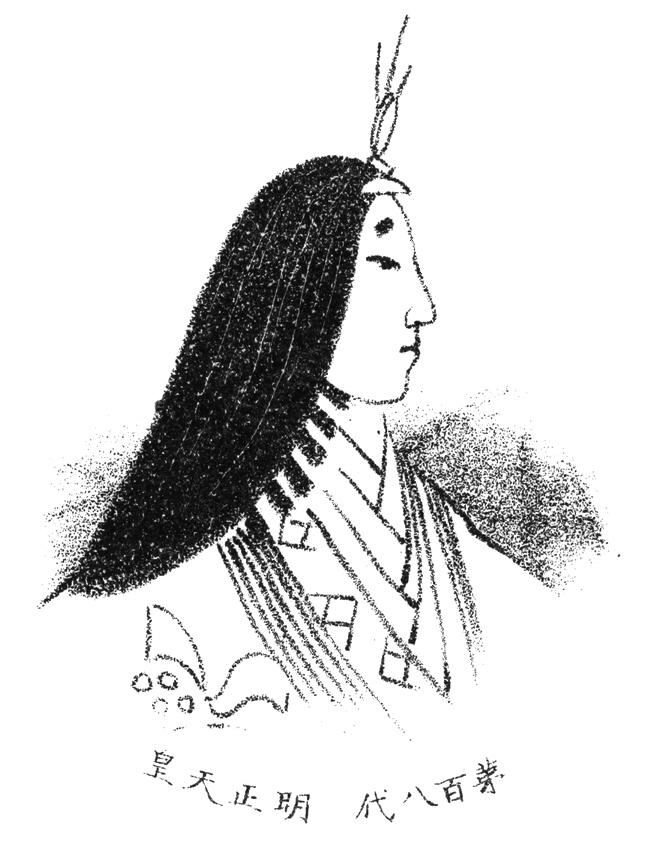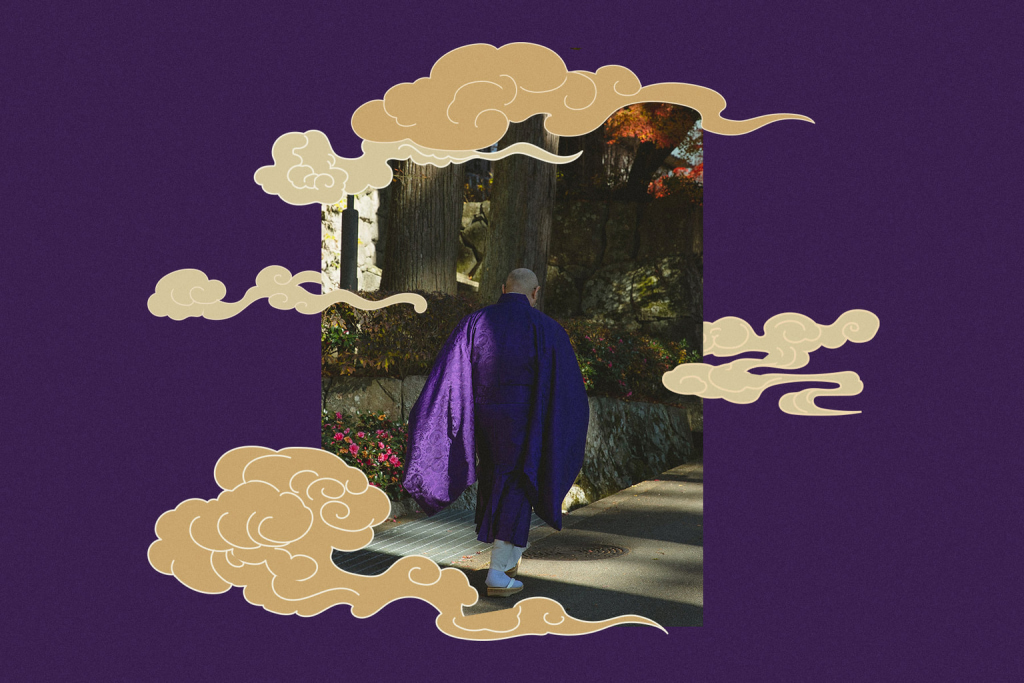The Kyoto Imperial Court was not having a good time during the Edo Period (1603–1868). The Japanese emperor had been a powerless figurehead long before that but once Tokugawa Ieyasu became shogun and moved the seat of government to Edo (modern-day Tokyo), Japanese royalty lost what little remaining authority it had left.
Still, there was one piece of power the court managed to hold onto: the ability to appoint temple abbots and bestow upon them purple robes. The color purple had been one of the symbols of the court for centuries, so even if it wanted to, the shogunate couldn’t outright take control of it while maintaining the official story that they answered to the emperor. But the Tokugawa clan really wanted to decide which monks got to wear purple robes.
Throughout the Edo Period, Buddhist temples held a lot of sway over people by using the power of religion. And they got extremely rich from it. In fact, the higher a monk’s rank, which was signified in major Buddhist sects by the color of their robes, the more they could expect in donations from worshippers or from, say, performing funeral rites for the rich and powerful. So, getting to decide who got to wear what robe and who ran the country’s most important places of worship was no small thing.

Japanese Buddhist monk in traditional dress, Daigo-ji, Kyoto. (Photo by jarvarman via Shutterstock)
That’s why, between 1612 and 1615, the shogunate issued three edicts that, among other things, mandated that only a monk who had completed 30 years of Buddhist training could become a purple robe-wearing abbot. This was probably a skillful stratagem on the government’s part because they knew that buying abbotships without the necessary experience was very common at the time. According to some sources, a monk could buy the title of abbot for 2,000 ryo in bribes, with half of it going to the imperial court. The value of the ryo in modern money is hard to pinpoint exactly but, suffice to say, 1,000 ryo was a massive sum and an important source of much-needed income that Kyoto didn’t want to lose.
After losing their political power, many Japanese royals and nobles actually struggled financially. There are even tales of some of them intentionally blocking the path of a powerful feudal lord’s procession, knowing that no one would dare to move them by force since, on paper, they were of a higher rank than them. The only way to get rid of such an obstacle was with a gift of money. That being said, we also have to consider that Kyoto and the emperor had their pride and didn’t want to be told by their technically-but-not-really servants what they could or could not do. So, the emperor continued to issue purple robes despite the government edicts.
The shogunate was waiting for this and issued a two-year ban on bestowing purple garments and awarding abbotships, ostensibly to examine the manner but really it was to weaken the emperor’s authority and break his bond with religious institutions. This all came to a head in 1627 when Emperor Go-Mizunoo ignored the ban and issued the “shi-e” purple robes to 10-15 new abbots. This was just the excuse that the third shogun, Tokugawa Iemitsu, was waiting for. Declaring the appointments illegal, the shogunate annulled them all and confiscated the purple robes not just from the freshly minted abbots but also from abbots appointed in previous years. In total, about 150 monks were stripped of their rank, title and garments, in what came to be known as the Purple Robe Incident.

Tokugawa Iemitsu (Photo via Wikicommons)
In 1629, the government followed this by exiling some of the high-ranking monks who petitioned against this decision to remote provinces far away from Kyoto and Edo. The Emperor Go-Mizunoo, embarrassed by his loss of authority, didn’t take it well and gave up the throne to his second daughter Okiko, who reigned from 1629 to 1643 as Empress Meisho, only the seventh female monarch in Japan’s history and the first once since the death of Empress Koken in 770. The reason why it took so long for another empress to arise was kind of because of Koken, whose reign was marred by accusations of her affair with the Buddhist priest Dokyo, who allegedly tried to take the throne for himself.
It’s hard to say how much of that is historical fact and how much is lies spread by Koken’s enemies, but the damage had already been done. After Koken, only men were permitted to ascend to the Chrysanthemum Throne. So why exactly did Japan break this rule for Empress Meisho?

Empress Meisho, who was the 109th Imperial ruler of Japan (Photo via Wikicommons)
For one, as mentioned before, Japan’s monarchs had no real power at the time, and, besides, everyone expected that the “retired” Emperor Go-Mizunoo would secretly run the Kyoto court from the shadows, which he allegedly did. It probably also didn’t hurt that Meisho was the daughter of Tokugawa Masako, daughter of the second shogun Tokugawa Hidetada. All this meant it was fine in the shogunate’s eyes for Meisho to occupy the throne for a while. After 15 years of not really being allowed to do anything, Meisho abdicated in favor of her younger half-brother who ascended in 1643 as Emperor Go-Komyo. Meisho later became a nun and died in 1696 at the age of 72.
Her “rule” may not have been the most influential but, in the end, she was one of only eight women who got to sit on the Chrysanthemum Throne, and that makes Empress Meisho an integral part of Japanese history. And to think it all started with the government trying to fashion police a bunch of Buddhist monks.
Read more stories about Japanese history:









